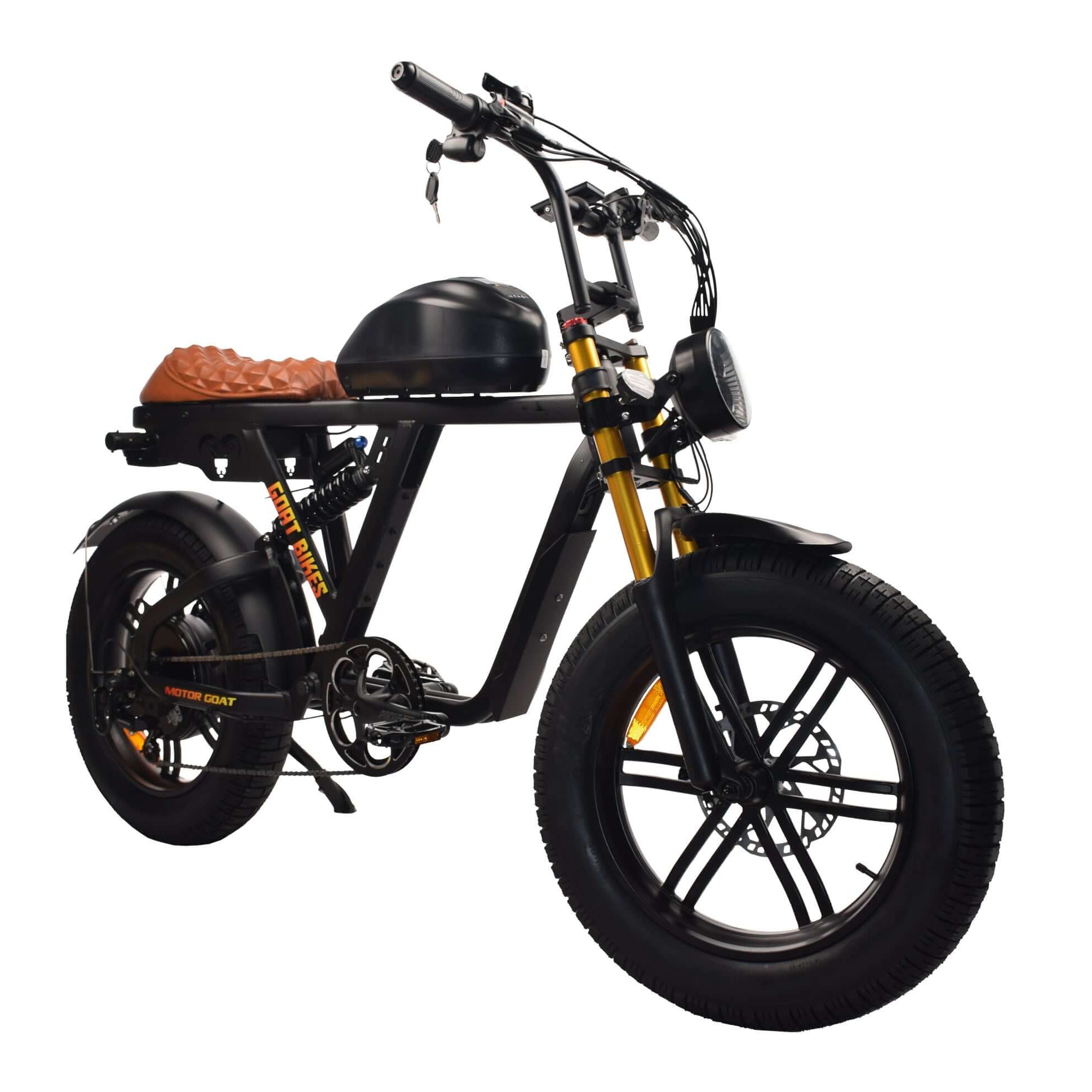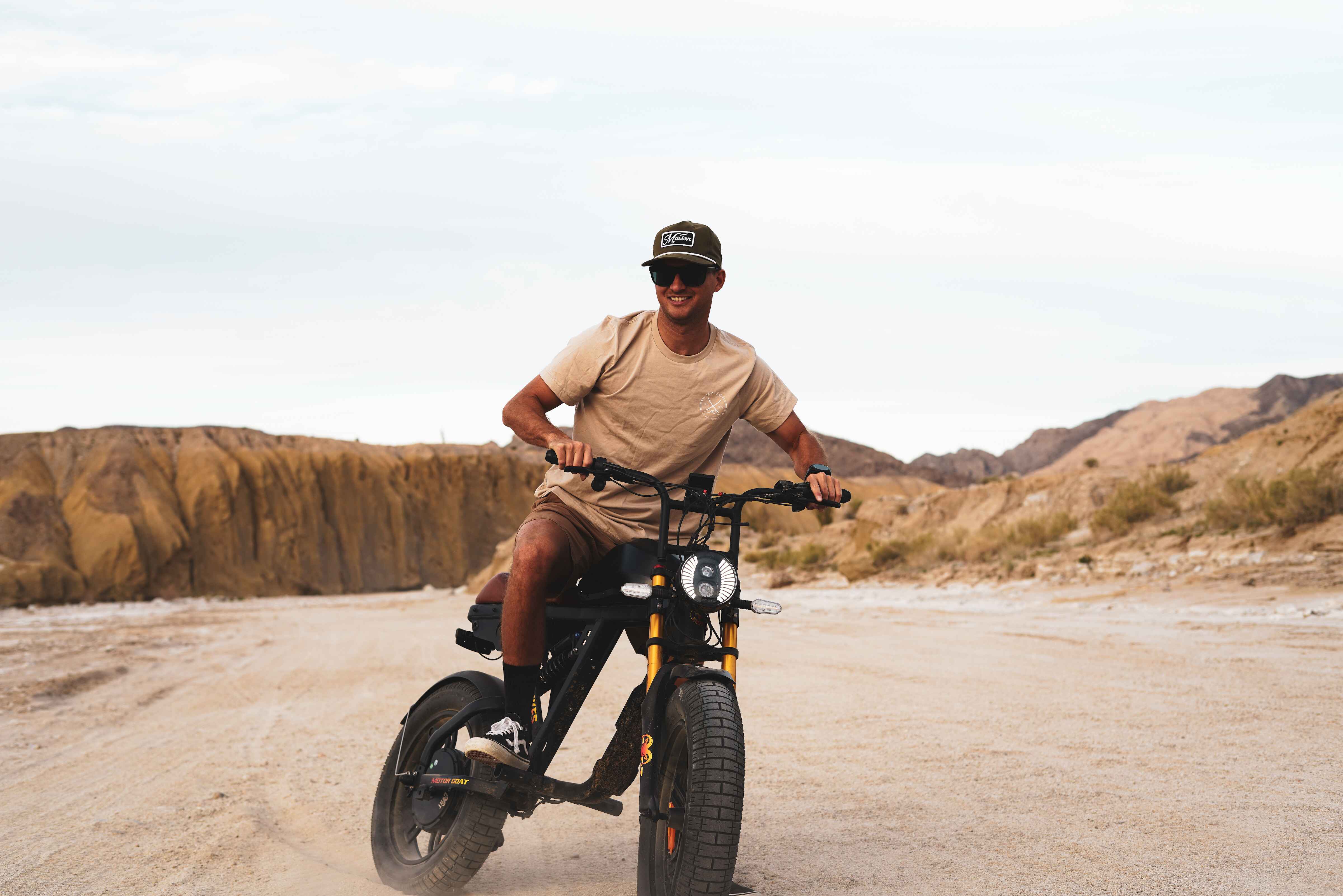Thinking about buying an e-bike in 2025 but torn between new and used? This guide breaks down the pros and cons of each option, compares long-term value, and helps you decide which route is right for your lifestyle and budget.
1. Initial Cost: Used is Cheaper-But Sometimes for a Reason
There’s no doubt that buying a used e-bike will generally cost less up front. For example, if you’re eyeing a new high-performance model like the Mini Goat ($2,900) or Dirt Goat 96V ($5,250), you may be able to find a gently used version for 20–40% less.
Used e-bike price range in 2025 (approx.):
-
Budget models: $500–$1,000
-
Mid-range: $1,000–$2,000
-
High-performance (e.g., off-road, full suspension): $2,000–$3,500
Pros of buying used:
-
Lower upfront investment
-
Great for first-time riders testing the waters
-
Less financial stress if damaged or stolen
Cons:
-
May need immediate repairs or battery replacement
-
Hidden damage or worn components
-
Often no warranty or return policy
🛠️ Tip:
If you do buy used, ask for the battery’s charge cycle history, original purchase receipt, and serial number to make sure it hasn’t been stolen or overly worn.
2. Warranty and Support: New Wins, Hands Down
One of the biggest advantages of buying a new e-bike is the warranty coverage and post-purchase support.
What most new e-bikes offer in 2025:
-
1 to 2-year warranties on motor and battery
-
Technical support via email, phone, or chat
-
Return policy (usually within 14–30 days)
-
Product registration for theft protection and updates
Used e-bikes, especially those sold by individuals on marketplaces like Craigslist or Facebook, almost never come with a transferable warranty. If the motor fails or the battery dies within a month, you're on your own.
3. Battery Life & Range: A Hidden Dealbreaker for Used
E-bike batteries are the most expensive and critical component. They degrade over time, even faster when left fully discharged, overcharged, or exposed to extreme temperatures.
Battery lifespan (on average):
-
500 to 1,000 full charge cycles
-
3 to 5 years of regular use
If you buy a used e-bike with a battery that’s already 2+ years old, it may only hold 50–70% of its original range. That $1,200 deal could require a $400–$900 battery replacement within months.
🔋 Real-world example:
A new Goat Power Bikes battery can power rides up to 80+ miles on a full charge. A used battery nearing the end of its life may only last 30–40 miles, depending on weight, speed, and terrain.
4. Technology & Features: New Bikes Are More Advanced
Tech moves fast. E-bikes made even 3–4 years ago may lack modern features that are standard in 2025:
| Feature | New E-Bikes (2025) | Used/Older E-Bikes |
|---|---|---|
| LCD displays | High-contrast color screens | Monochrome or basic LEDs |
| Ride modes | Multiple custom modes | 1–2 generic levels |
| Connectivity | GPS, app integration, BLE | Often none |
| Components | Upgraded shocks, hydraulic brakes | Mechanical brakes, dated drivetrain |
| Security | Built-in GPS/AirTag mounts | Rare in older models |
With new models like the King Goat, you’re getting adjustable torque modes, ride presets, speed limit control, and controller tuning updates, features that rarely exist in used bikes unless they’ve been heavily modified.
5. Availability & Selection
Used e-bikes are subject to luck and timing. You might have to search for weeks to find a model that fits your size, style, and condition expectations. Many used listings also lack important details like battery health, tire wear, or brake condition.
Buying new means:
-
Consistent sizing and specs
-
Color and accessory options
-
Easy customization and support
You can also bundle your bike with accessories like racks, fenders, lights, and locks, most of which cost extra and aren’t always included in used sales.
6. Safety & Reliability
When buying a used e-bike, you don’t know what it's been through. Crashes, water damage, poor storage, or DIY repairs may not be visible at a glance but can cause performance or safety issues down the line.
New bikes go through quality control checks, and you're the first to ride them, ensuring the motor, battery, brakes, and wiring are all in factory condition.
7. Resale Value: Surprisingly Good for Both
Well-maintained e-bikes, especially known brands, hold their value fairly well. If you buy new and take care of it, you may still resell it for 50–70% of the purchase price in a couple of years.
Used bikes can also retain value, especially if sold locally or upgraded before listing. But the key difference is that buying new gives you more time to enjoy the bike before it begins to depreciate significantly.
Final Verdict: Should You Buy New or Used in 2025?
Here’s a quick breakdown based on your situation:
| Buyer Type | Recommendation |
|---|---|
| First-time rider | Start with used or lower-tier new bike |
| Daily commuter or delivery | Go new for reliability and range |
| Tech-savvy performance seeker | New with advanced features like King Goat |
| Budget-conscious recreational rider | Used can be a great value, if inspected thoroughly |
| Mountain/off-road enthusiast | New—safety, torque, and suspension matter most |
Key Takeaways:
✅ Used E-Bikes are best for short-term or budget-conscious riders, but require careful inspection and may need repairs or upgrades.
✅ New E-Bikes offer better performance, warranties, battery health, and long-term value, ideal for commuters, performance riders, and anyone planning to ride often.
Want to compare high-performance new e-bikes with unmatched torque and range? Explore the full lineup at Goat Power Bikes and see why more riders are choosing models like the Motor Goat V3, Mini Goat, and King Goat for their 2025 adventures.








